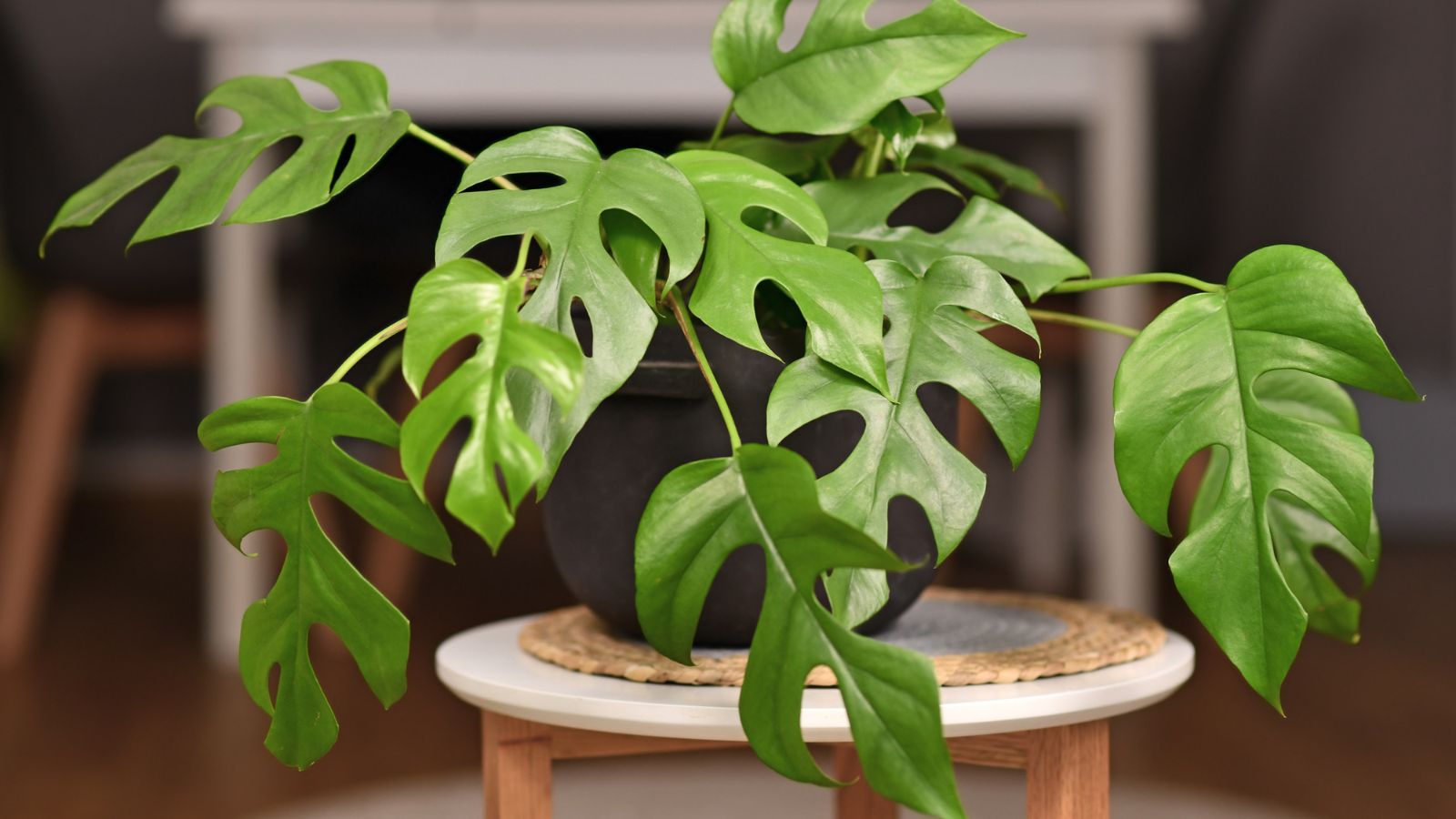The reduce up leaves of Rhaphidophora tetrasperma are fairly paying homage to at least one amongst its cousins, Monstera deliciosa. Nonetheless it’s a really totally fully completely different plant which is tremendously frequent!
A bit uncommon to hunt out accessible available on the market, this attractive vining plant has placing fenestrated leaves. It’s generally generally known as the “mini monstera plant” because of it resembles its relative nonetheless in miniature. Evergreen and plush, this tropical is an efficient candidate as a houseplant. And for people who maintain in a heat native local weather, it is doable you will coax it to develop exterior, too!
We’re offering all the information we have now available on the market on this attractive, split-leaved shock. It appears infused with the necessity to develop, so even rookies can have a straightforward time with this tropical. Let’s go over every half it is necessary know to develop it!
Plant Overview
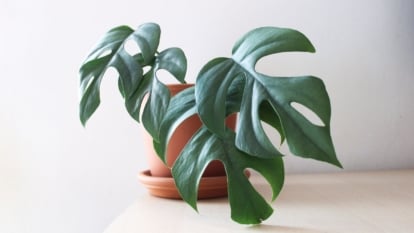

|
|
|
|
What’s Rhaphidophora Tetrasperma?
Rhaphidophora tetrasperma is a novel plant from the Araceae household. Its leaves look like miniatures of 1 completely different plant, Monstera deliciosa, which is why it’s generally generally known as mini monstera. Nonetheless, it’s a really totally fully completely different species, with fairly a bit smaller leaves and no edible fruit.
The mini monstera furthermore goes by the names of Philodendron ‘Piccolo’ and ginny philodendron.
Native Home
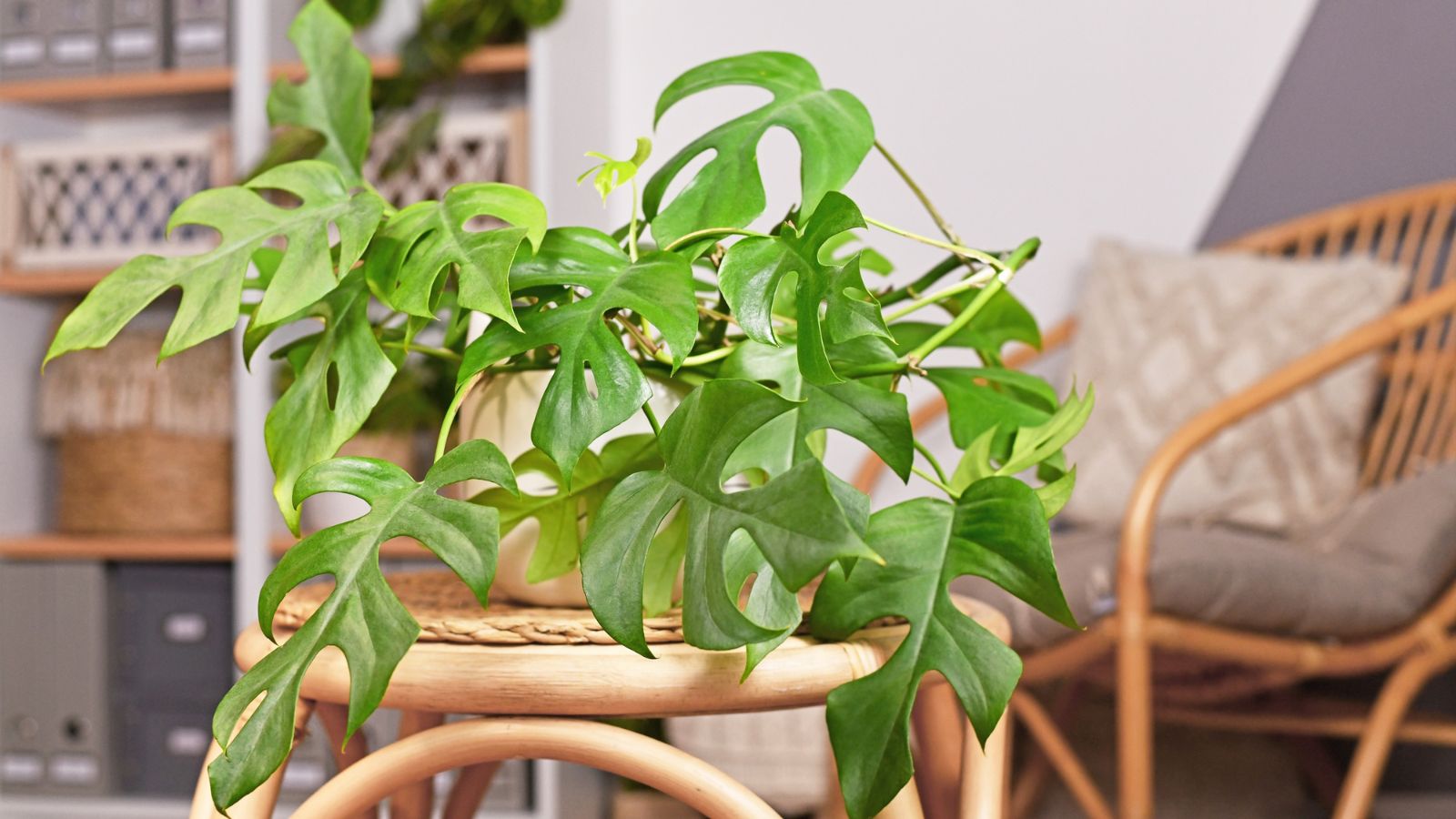

The evergreen vining plant is native to Malaysia and Southern Thailand. These vining vegetation use their aerial roots to climb timber or trellises. These roots latch on to regardless of they’re clambering as lots as stabilize them as they develop.
Traits
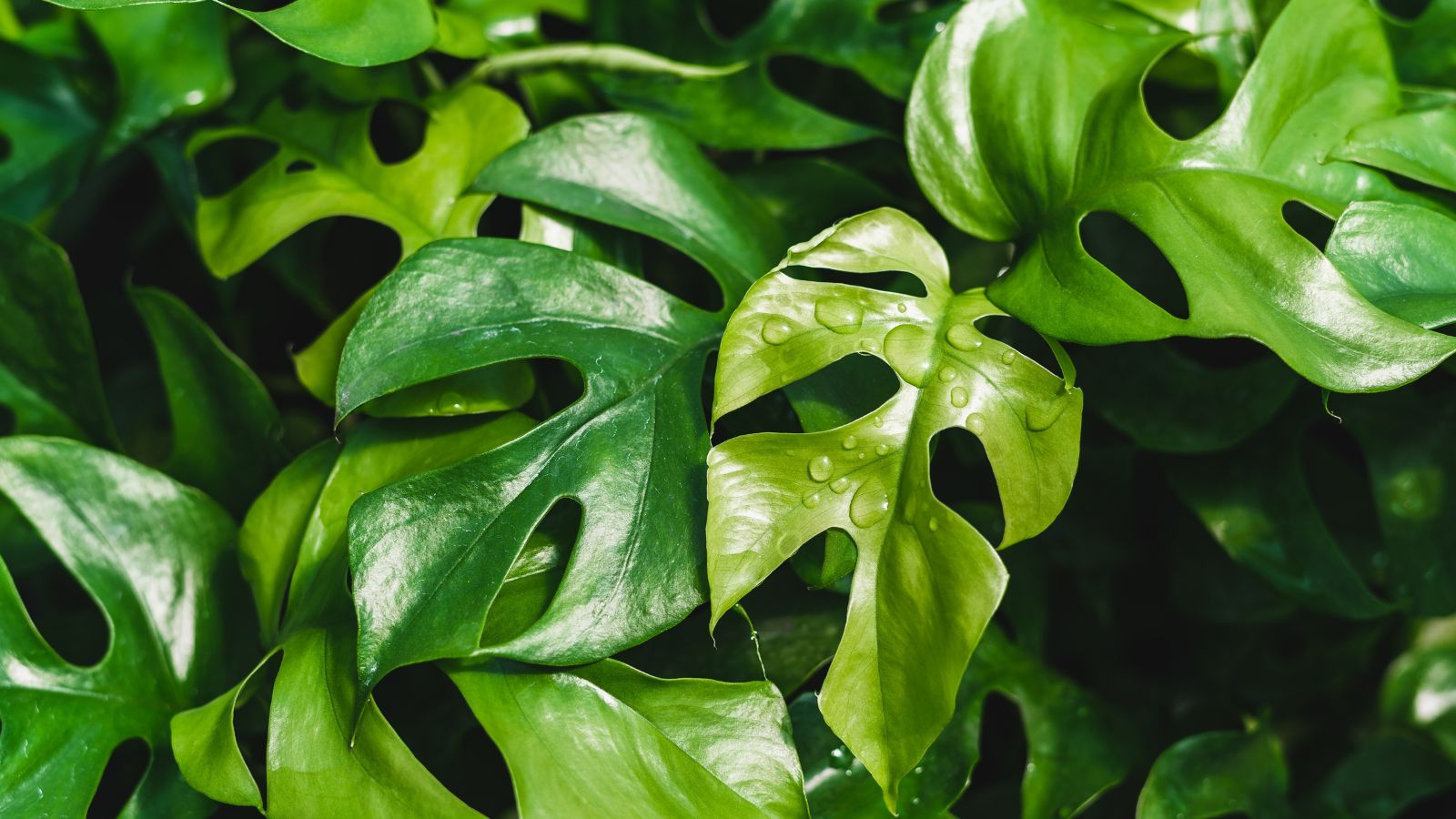

It has small and dainty decorative leaves with six-inch reduce up lobes. The splits look like dwelling house home windows all through the leaf, nonetheless they proceed to be small.
With small, inexperienced foliage, this plant grows quick and prefers moist circumstances. It might attain as lots as a excessive of 12 toes, relying on the native circumstances. As a houseplant, it’s usually maintained at spherical 4 to 5 toes measurement vines.
Planting
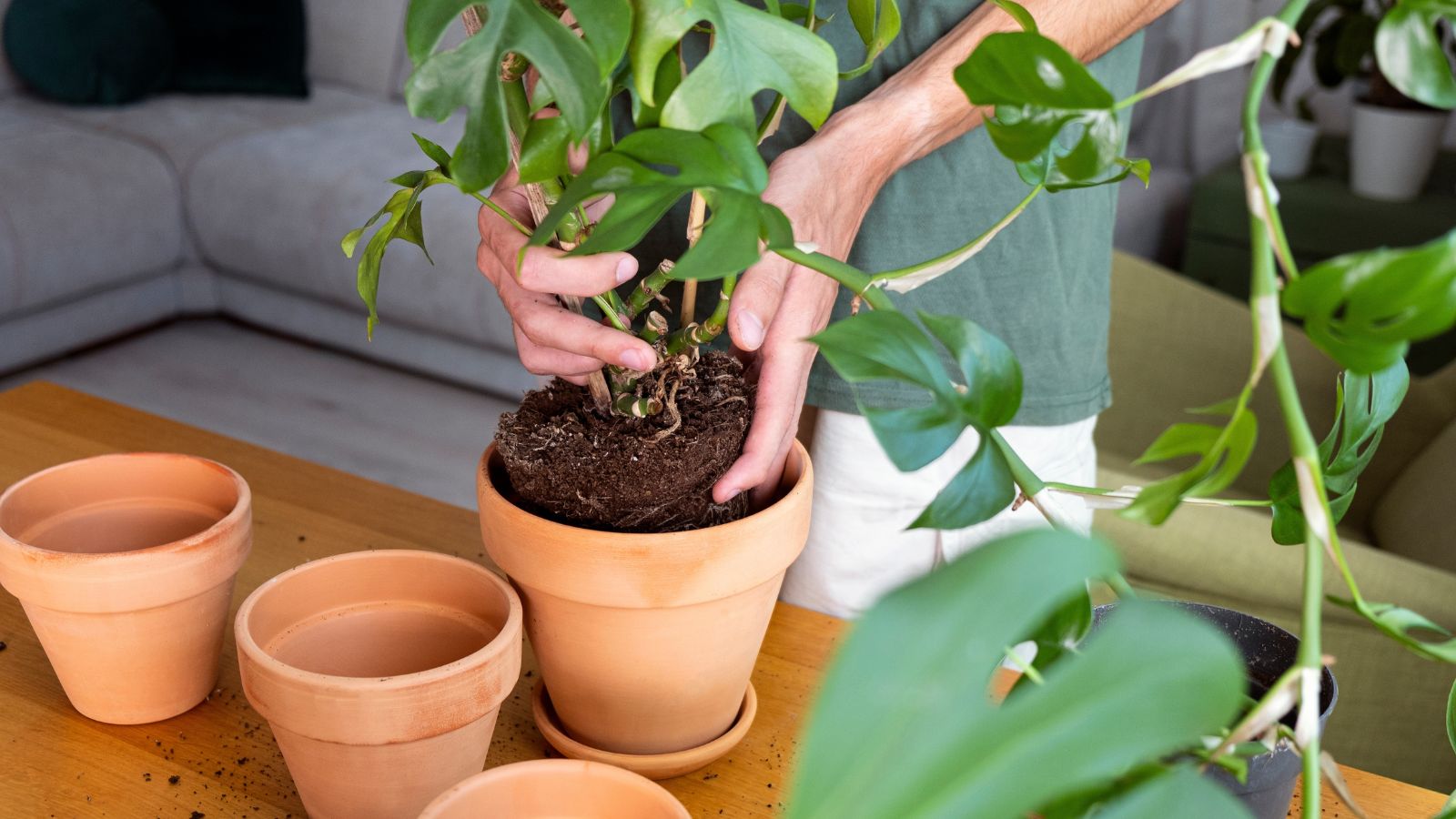

This plant is kind of keen on having a great deal of room for root enchancment. Everytime you pot it up, guarantee it’s in a deep container. Assume a full-sized specimen goes to desire a pot that’s at least ten inches in diameter, nonetheless it may presumably attain widths of 20″ over time. Select a pot that’s an inch or two wider than your present one, with at least ten inches of depth and probably additional.
Methods to Develop
Rhaphidophora tetrasperma is nice easy to take care of. This lovely plant is nice for bringing life into your residing area. Nonetheless it does want just a few factors to thrive.
Gentle
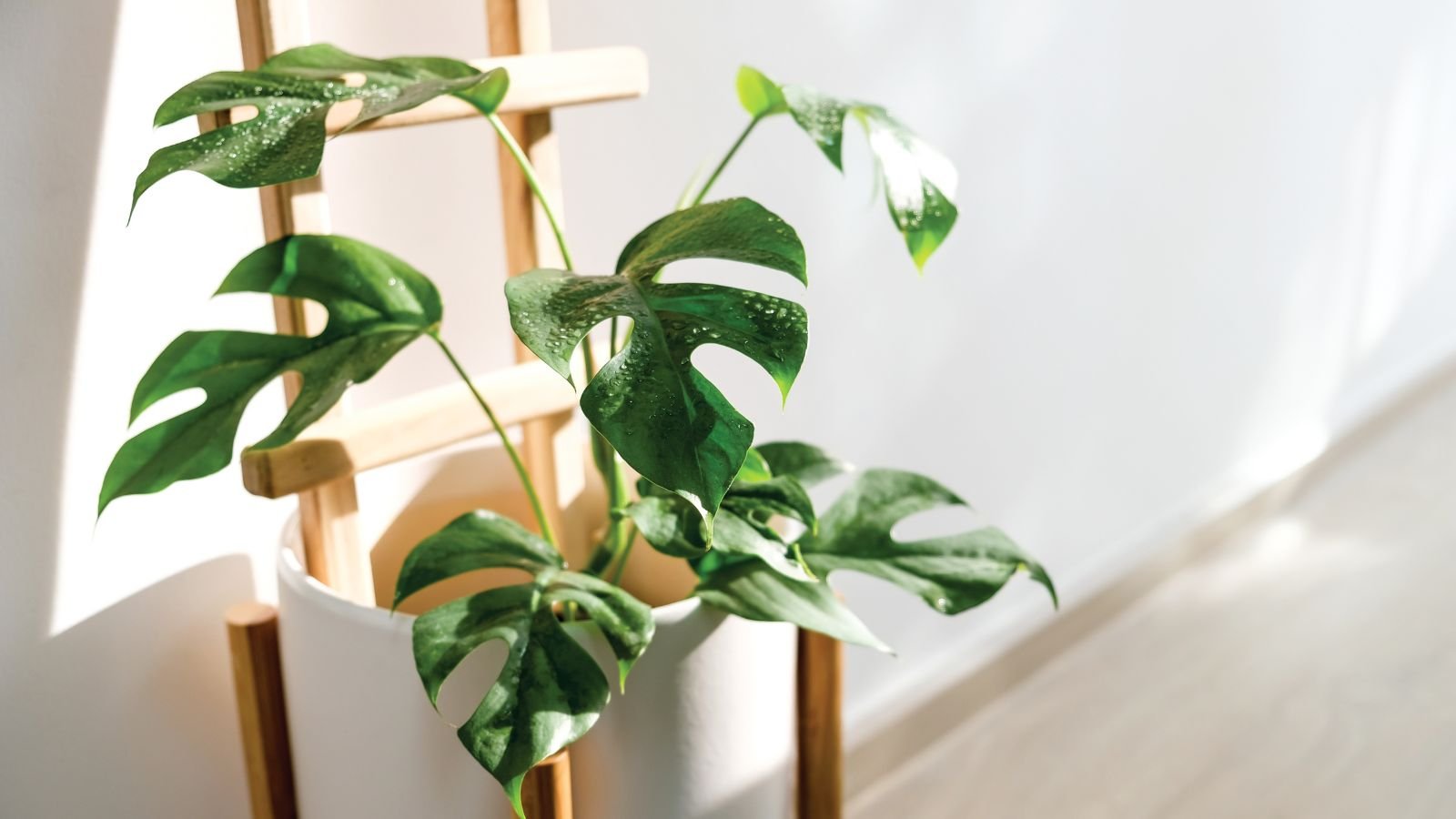

Good, oblique light is appropriate to your Rhaphidophora tetrasperma. Its leaves are normal in a method that makes the plenty of the ambient light in its home. Whereas it may presumably’t tolerate fairly a number of direct daylight, vivid nonetheless oblique lighting mimics what it naturally will get all through the wild. In case you lack a superb location outdoors that offers the proper lighting necessities, use a 20%-40% shade supplies to dam various of the harsher rays and mellow the daylight.
These rising it indoors ought to make sure it may get an excessive amount of light, too. Keep away from direct daylight due to it may presumably scorch the fragile leaves. Japanese publicity dwelling house home windows normally present a superb quantity of sunshine for this plant, and a develop light can add further ambient lighting. Keep away from low-light circumstances which can gradual the enlargement price and within the discount of its leafy foliage.
Water
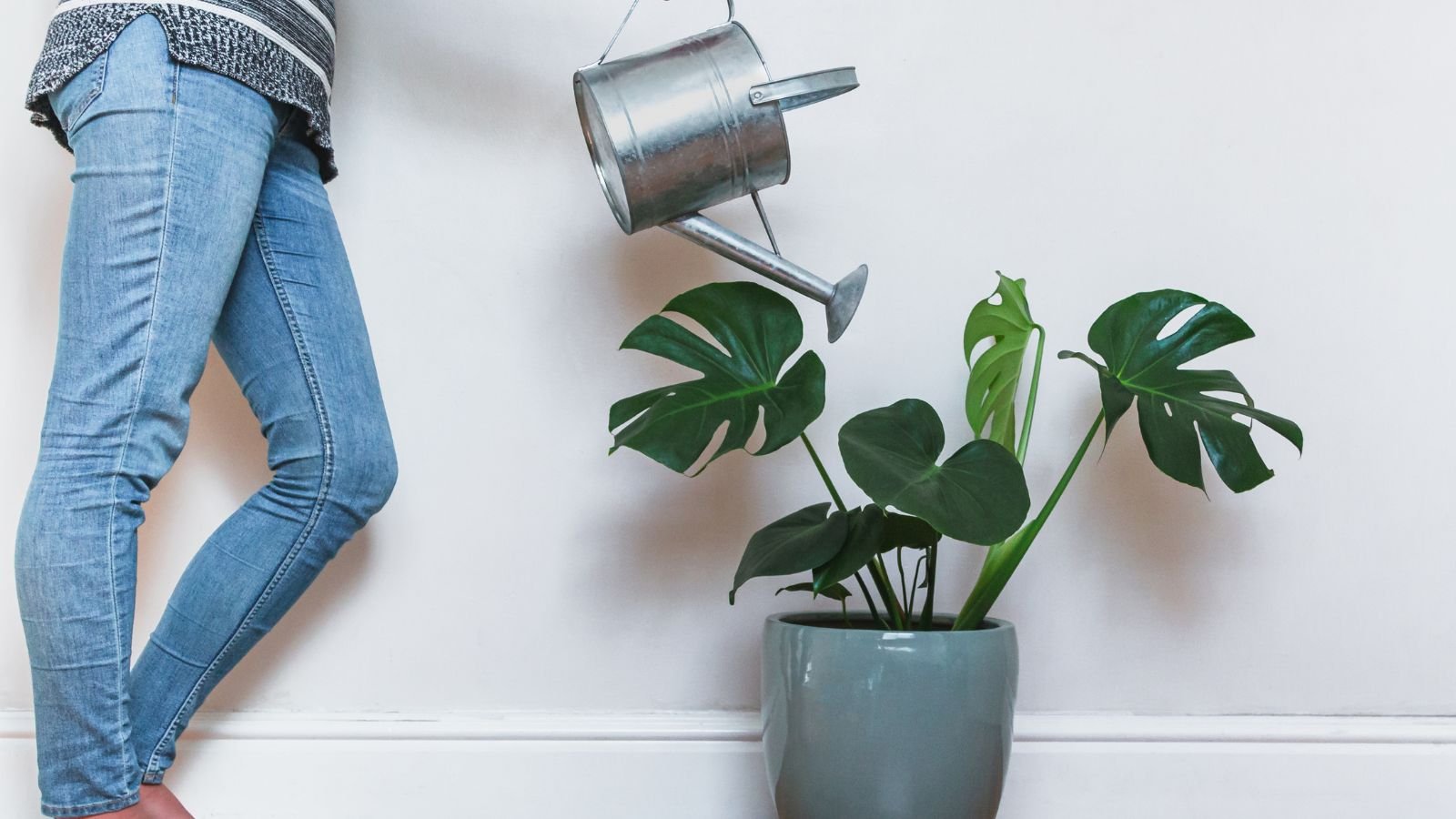

Fastened and even moisture is vital for rising the Rhaphidophora tetrasperma. They like even moisture always, nonetheless they’ll’t tolerate soggy, muddy soil circumstances. It’s most fascinating to check with a fingertip to see if the soil nonetheless feels moist ahead of watering. If it does, then depart the pot alone for now and examine as quickly as additional the next day. Water calmly when wanted to maintain that even moisture diploma.
All via the cooler months of the yr, you gained’t ought to water as normally as in the course of the spring or summer season season. After they’re in energetic progress, they’ll want additional water. Take a look at the soil in your pot every day all via these occasions!
Tropical vegetation like Rhaphidophora tetrasperma favor the humidity to be a bit larger spherical it than one would anticipate. Humidity of 50-60% is an surroundings pleasant diploma to intention for straight all through the plant. Use a humidifier, or place your pot on prime of a pebble tray with water coming midway up the pebbles. Evaporation will present further humidity appropriate the place it wishes it.
Soil
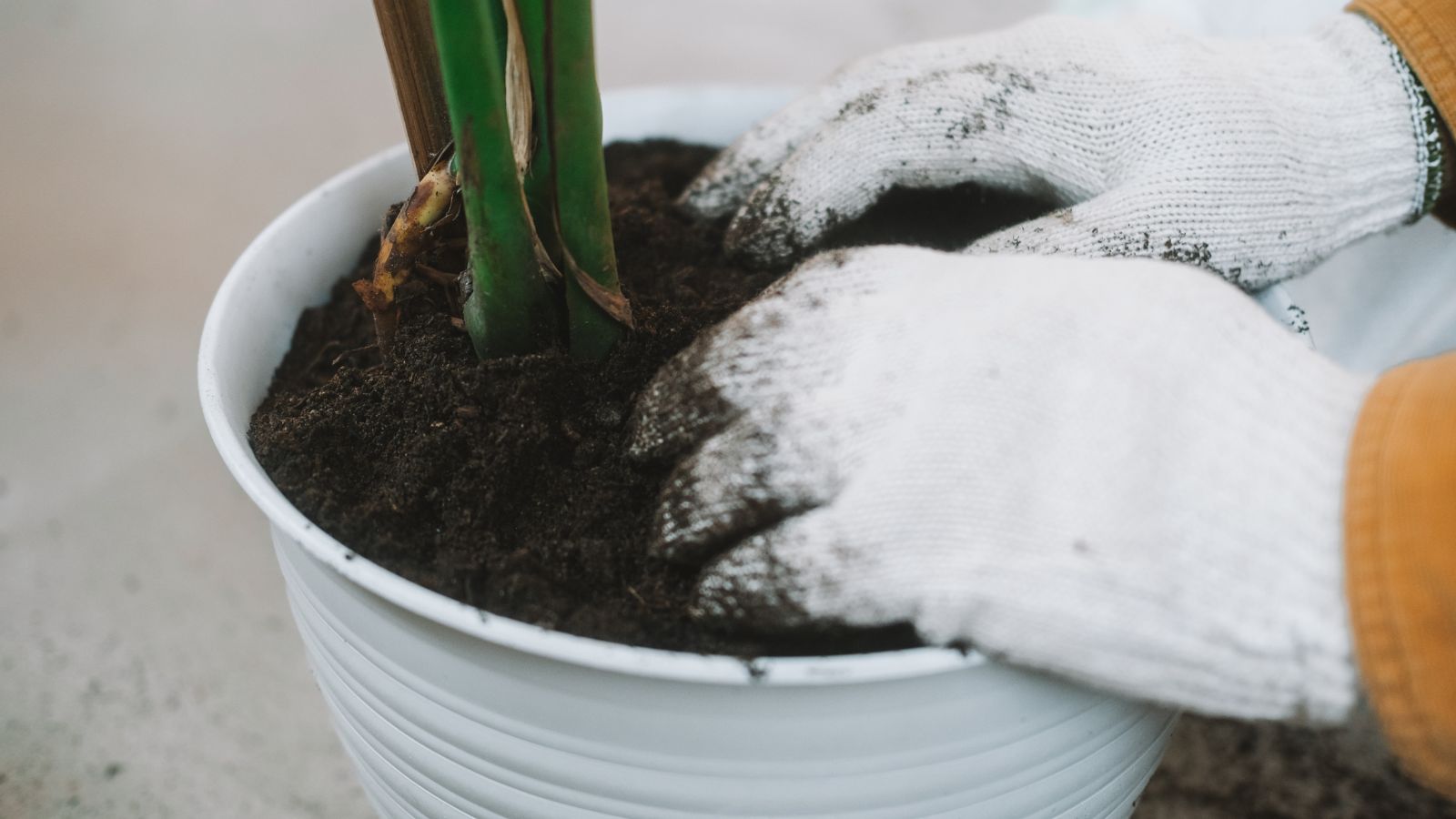

Efficiently-draining, organic-rich loamy soil is an surroundings pleasant base for this plant. Add a bit little bit of peat moss or orchid bark to produce further drainage whereas nonetheless holding some moisture. Perlite can even enhance drainage. Keep away from potting combine that turns into waterlogged, or that’s excessively sandy. A pH diploma of 6.0-6.5 must be constructive to your houseplant.
Temperature
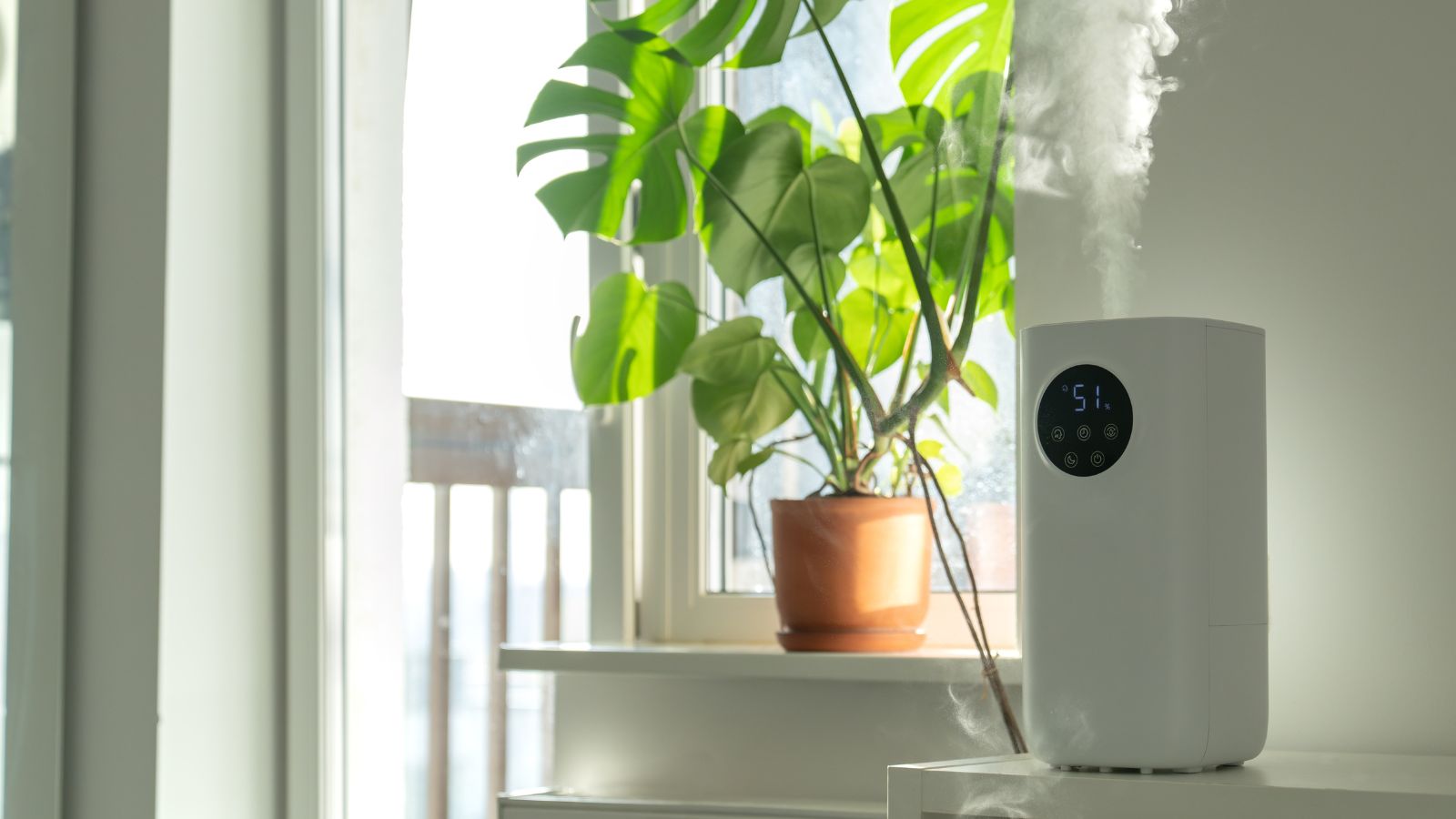

Excellent temperatures are between 55-85°F (13-29°C). It’s tolerant of barely cooler temperatures nonetheless isn’t frost-hardy. It’s grown in zones 9b-12 nonetheless performs most fascinating in zone 11. For zones 9b-10, it must be launched indoors if it’s beneath 55°F (13°C). Assure it has an excessive amount of vivid oblique light wherever it’s positioned!
Fertilizing
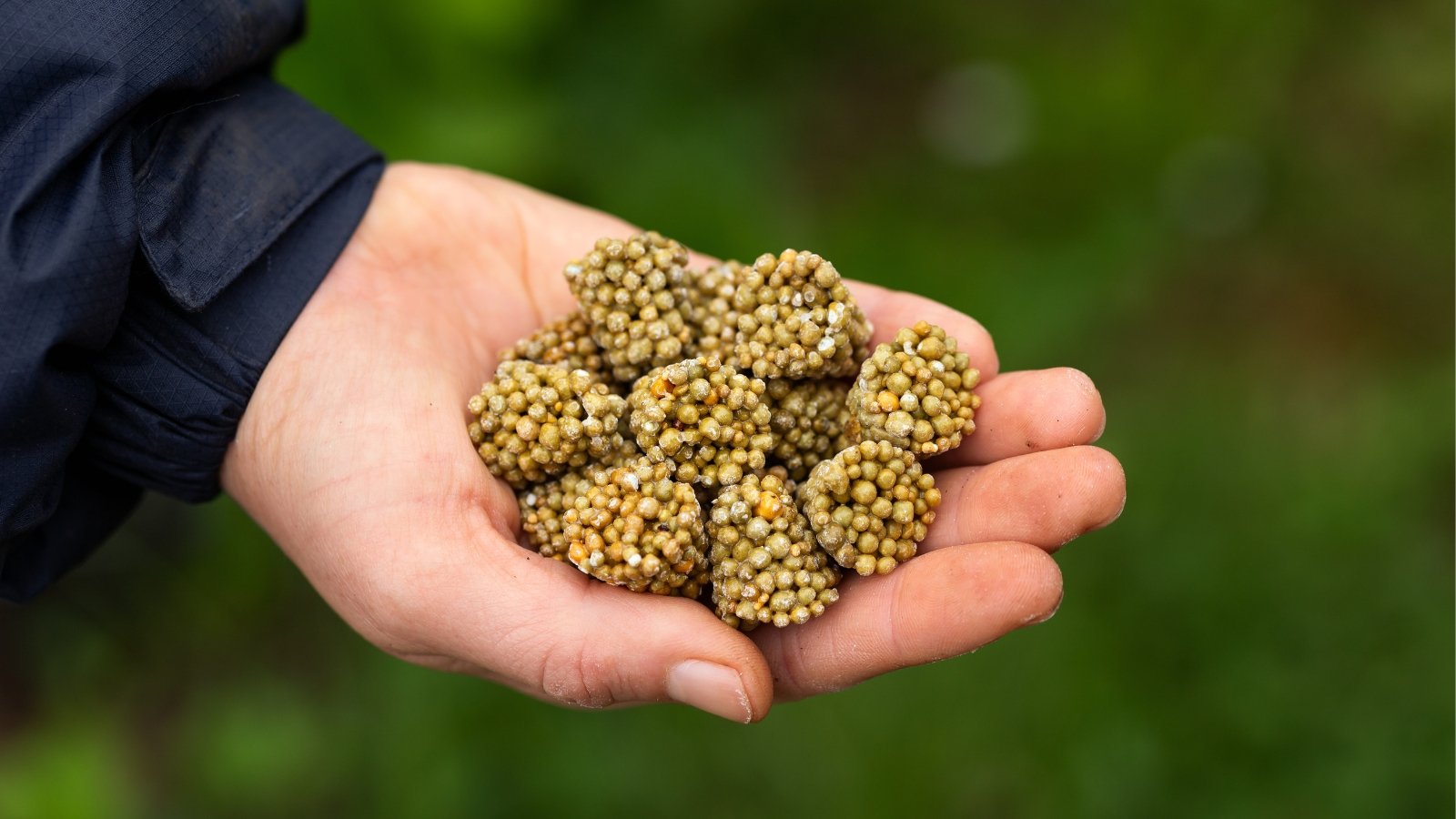

A balanced, high-quality fertilizer that lacks urea or fully completely different harsher chemical compounds is hottest. Rhaphidophora tetrasperma have very delicate roots and are inclined to fertilizer burn. Go for a slow-release balanced pure fertilizer to cut once more the chance of burning.
There are quite a few options for this plant, nonetheless all agree on one stage – it enjoys frequent fertilizing all by its energetic rising half. A month-to-month routine is most fascinating for liquid pure fertilizers, and biweekly for rigorously diluted chemical liquid fertilizers. For slow-release pure fertilizers, observe the producer’s instructions and don’t overdo it.
Upkeep
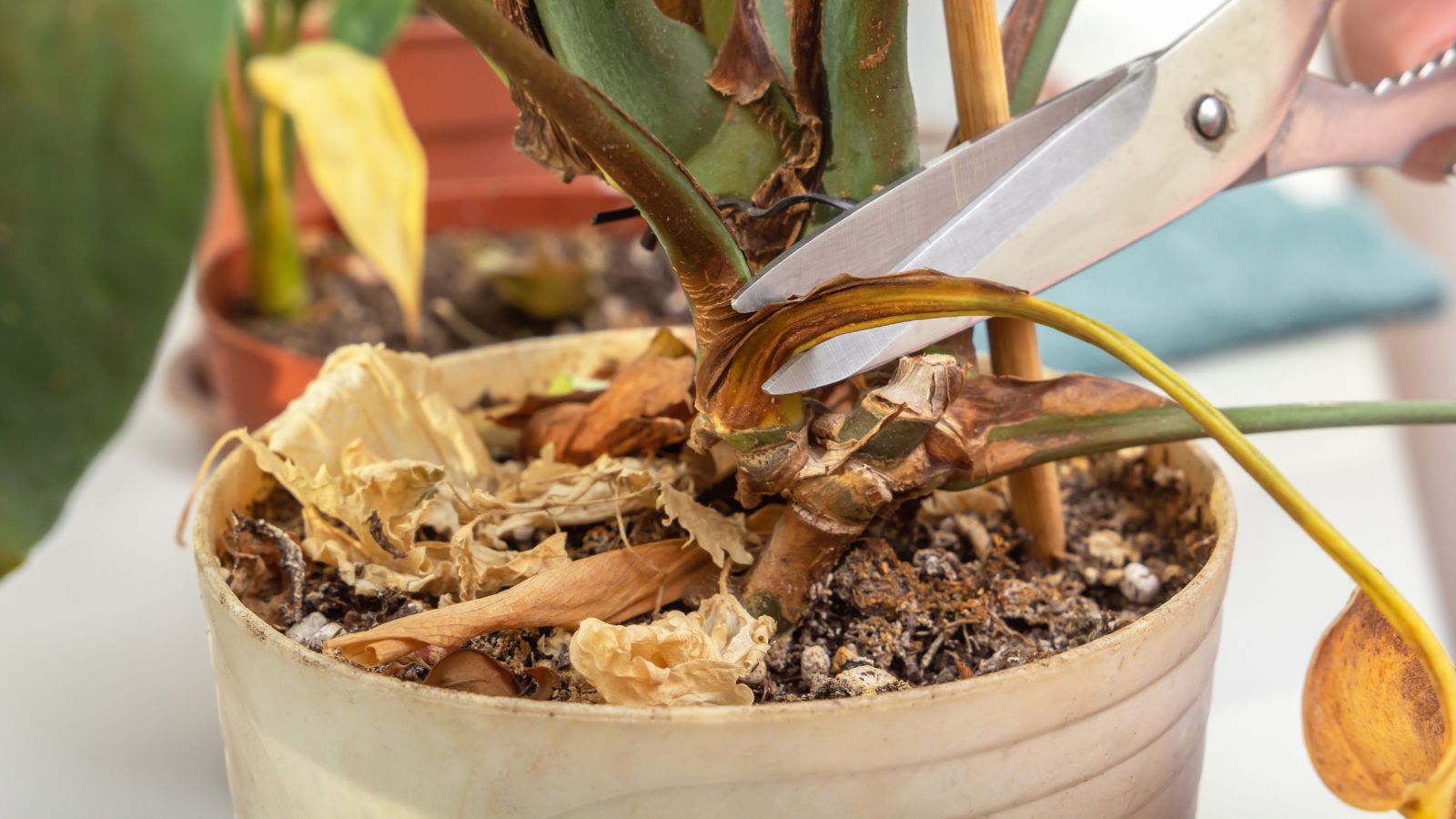

When repotting, be light with the plant. Take away it from its pot and filth the older soil away from the inspiration system. Take a look at for indicators of root rot and take away any that has customary with a sterile knife or pruning snips, being constructive to sterilize as quickly as additional between cuts. Repot on the equal depth it was beforehand collectively collectively together with your ready and available on the market potting combine.
Each pruning and coaching are compulsory for this plant. As a climber loves to hold onto one issue, offering a sturdy trellis, moss pole, or sturdy stakes is important. On account of it turns proper right into a mature plant, its aerial roots will latch onto the allow you’ve equipped, nonetheless you will help through the use of strips of sentimental supplies (outdated t-shirt provides is nice) or an enormous plastic plant help tape.
Pruning is generally executed to take away diseased or pest-damaged provides and to maintain it at a specific dimension. It might even be used to cut once more leggy progress ensuing from too little light reaching one side of the plant. Use clear snips to neatly cut back off additional progress, nonetheless don’t take off an excessive amount of of the plant at any given time. Lowering it by as lots as 25% is okay, nonetheless earlier that, you’re risking harm to your houseplant.
Propagation
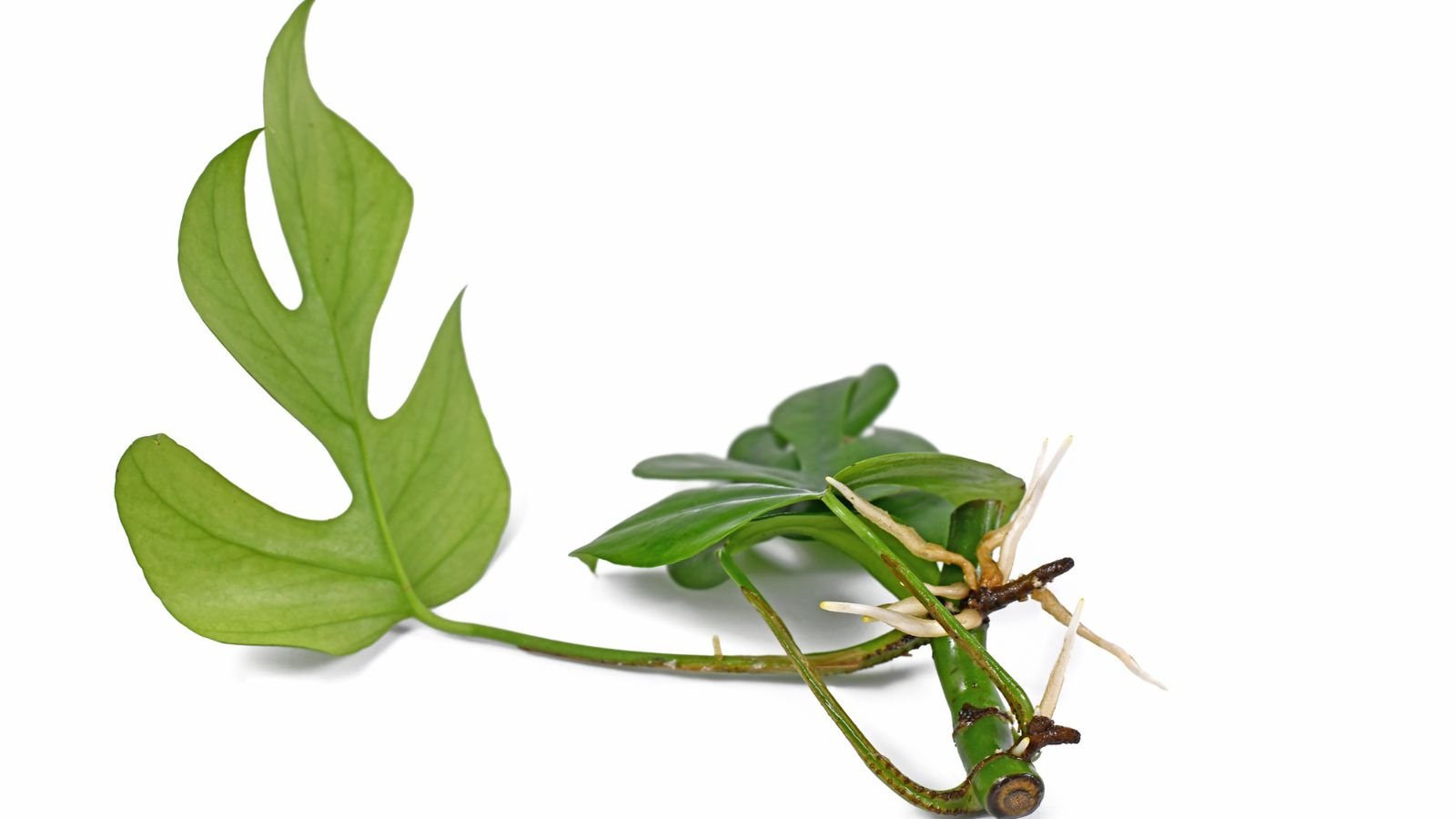

Rhaphidophora tetrasperma propagation is surprisingly easy. Choose a healthful stem chopping with at least just a few leaf nodes. Set your stem chopping correct proper right into a glass of water or moistened potting soil. Make it attainable for the underside leaf node is beneath the bottom. Roots will variety from that time.
If utilizing water, change it out for contemporary at least as rapidly as per day. As rapidly as a result of the roots are at least an inch or two extended, you will swap your cuttings correct proper right into a potting combine. With ones began straight all through the combo, preserve the chopping alive and anticipate at least just a few weeks, then very calmly pull on it to see if there’s resistance. If there’s, roots have customary, and you might maintain it as a mannequin new plant.
Widespread Factors
R. tetrasperma isn’t notably troublesome to develop, nonetheless can face a handful of factors. Let’s go over these and the becoming choice to resolve them if they seem.
Rising Factors
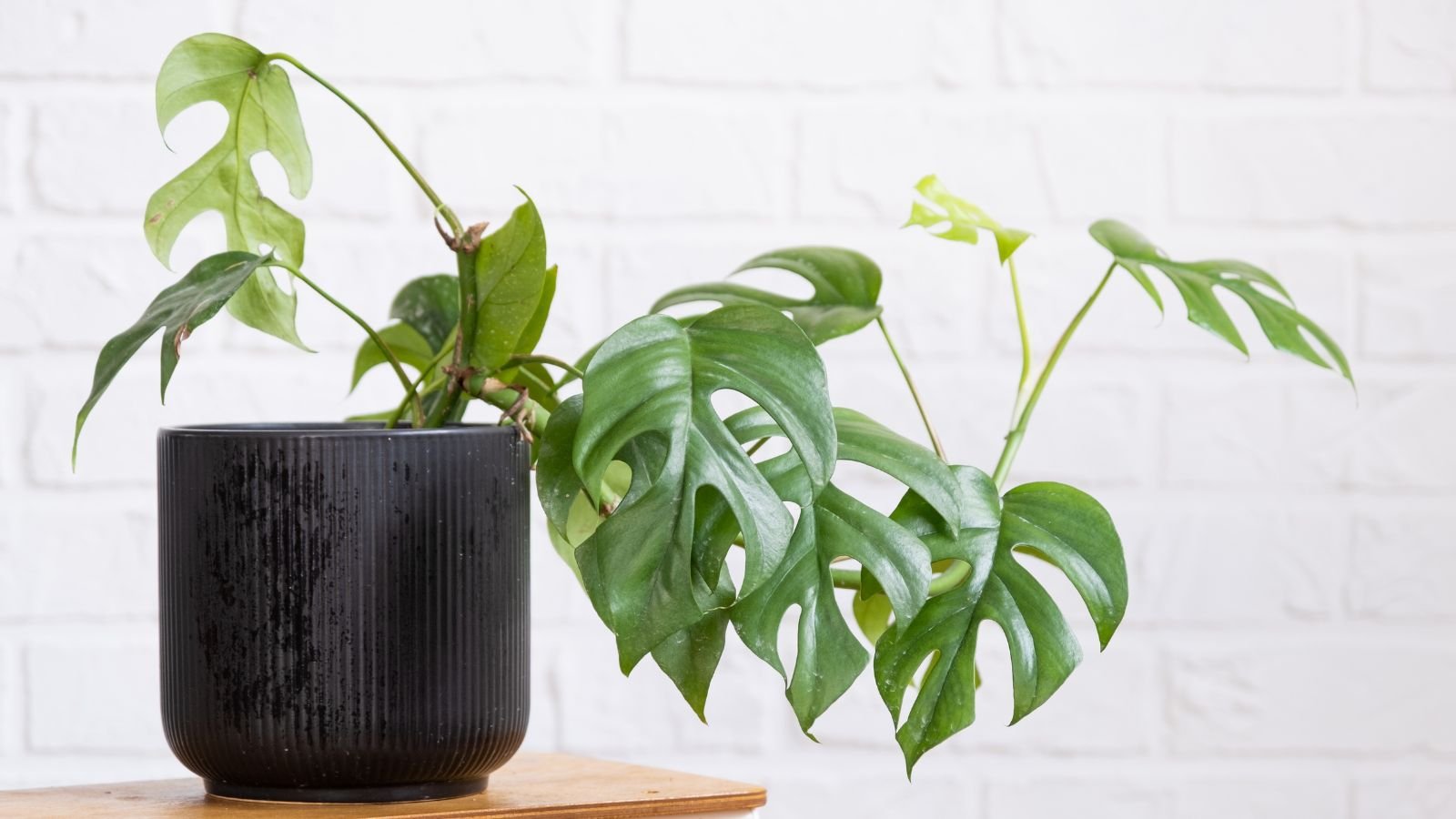

Among the many widespread components for gardeners is that they uncover it’s rising leggy. It’ll ship out further progress if it’s not receiving sufficient light. Whereas vivid oblique light is most fascinating for this plant, assure it receives fairly a number of it! If wanted, small parts of direct photograph voltaic could help. Turning the plant usually so that every certainly one of it has entry to the sunshine can even assist in the discount of legginess and promote healthful progress.
Whereas your Rhaphidophora tetrasperma positively likes fastened moisture, you shouldn’t water it day-to-day. Extreme watering could find yourself in circumstances optimum for fungal root rot enchancment. Monitor the moisture all through the soil and solely water your pot if important.
Pests
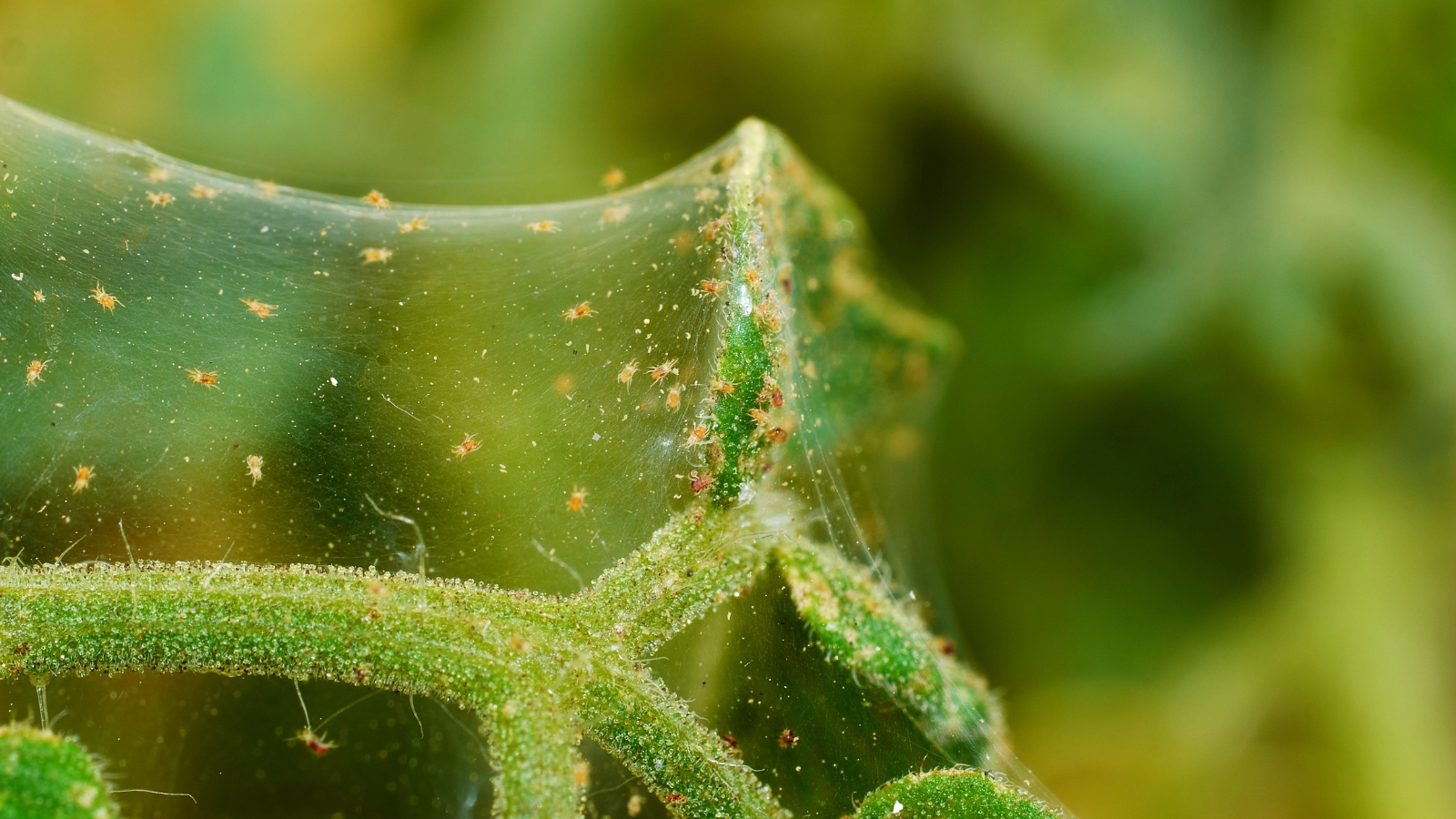

The commonest pest is spider mites. These annoying little pests would possibly set off harm to the leaves and stems as they suck the sap out. They’re laborious to see, nonetheless the harm they set off consists of yellow leaves or speckled leaf surfaces and occasional scarring to the leaf.
Guarantee there’s sufficient humidity to maintain spider mites from colonizing your plant. They have a tendency to learn from dry and dusty areas most. Use neem oil to battle these annoyances.
Ailments
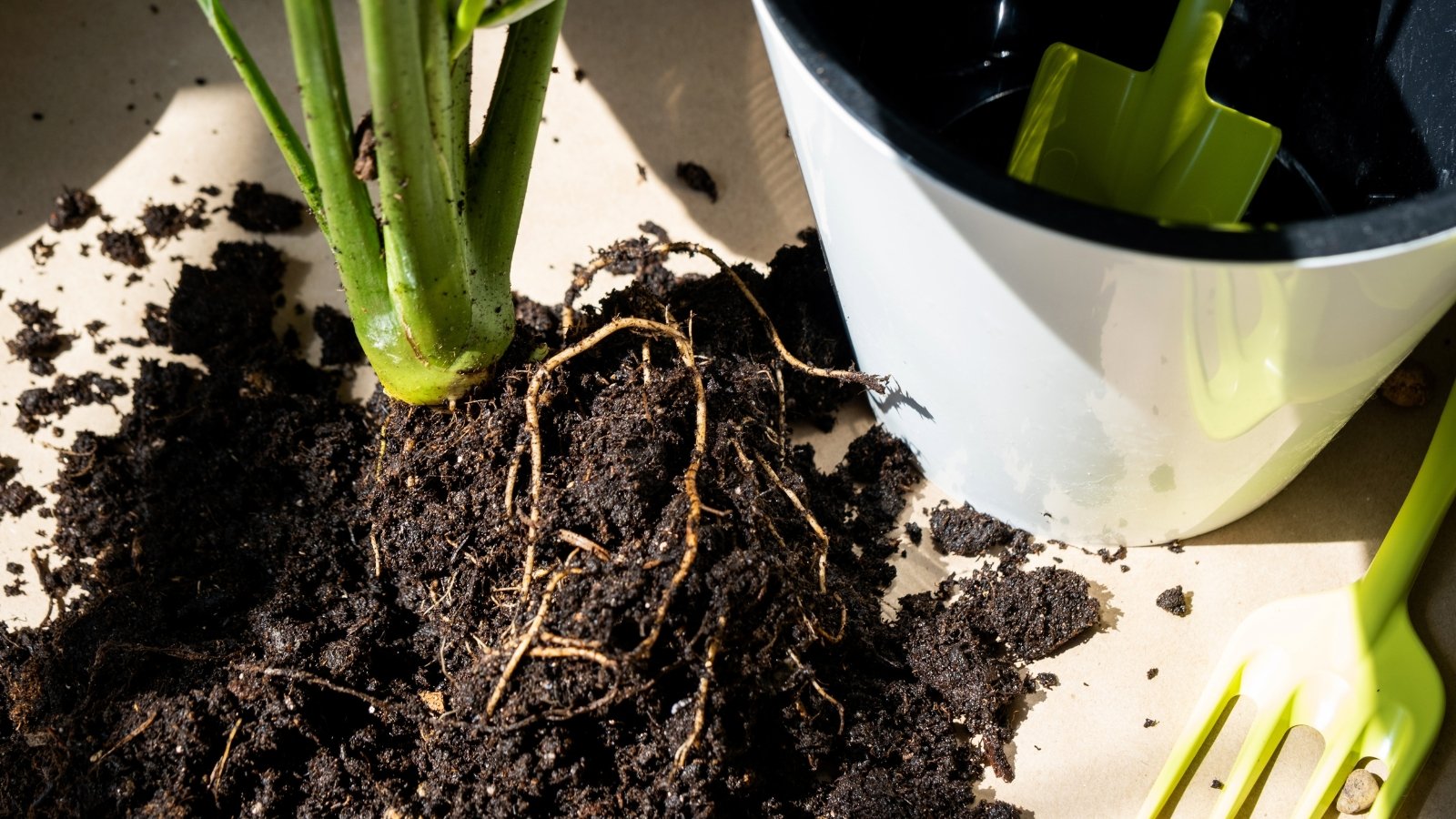

A cussed and durable plant, it seems impervious to fairly a number of widespread plant illnesses. What it may presumably’t maintain is fungal root rot. This case, launched on by soil-borne fungi, can devastate your Rhaphidophora tetrasperma.
Whereas there’s little to no option to maintain this case as rapidly as a result of it varieties, prevention is lots higher than in quest of a remedy. Defend the soil damp, nonetheless not soggy. Keep away from standing water all through the plant. Chances are high excessive it would be best to take into account better-draining soil for people who’ve already wished to trim rotten roots away all via a transplant.
Incessantly Requested Questions
Like Monstera deliciosa and fully completely different members of the Araceae household, R. tetrasperma has calcium oxalates in its sap. These insoluble gives might set off a wide range of factors to small animals, together with drooling, vomiting, oral irritation, and burning, or draw back swallowing. Defend this out of attain of your pets.
They’re two totally fully completely different species of vegetation. Intently associated, nonetheless they’re two totally fully completely different species. M. deliciosa is a fairly a bit bigger plant, and Rhaphidophora tetrasperma resembles it (which is why it’s normally commonly known as “mini monstera”), nonetheless they’ve totally fully completely different rising tendencies. Their care is kind of comparable, and each make fairly vegetation to develop, nonetheless Rhaphidophora has smaller leaves and wouldn’t variety any edible fruit.
On account of the inspiration system grows rapidly, you’ll must keep away from small pots. Go for one issue deeper and wider than the inspiration ball.
It’s uncommon to hunt out this plant all through the wild ensuing from reducing habitat.
Sure. Present a trellis or help for it to develop on.
Prune any leggy progress to advertise bushiness.
Give it water each week or so, or when the soil is dry on the scale of your finger tip.
